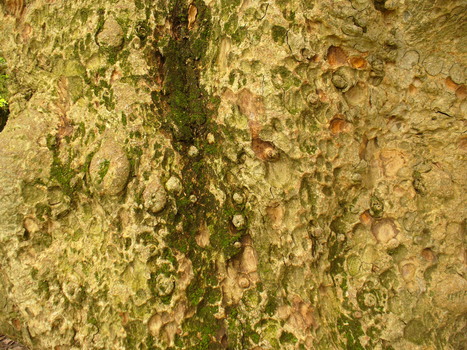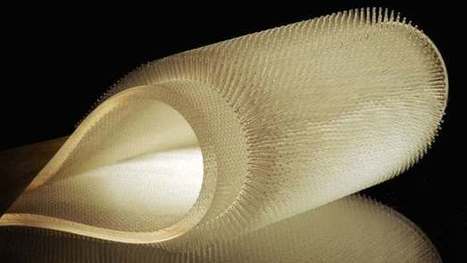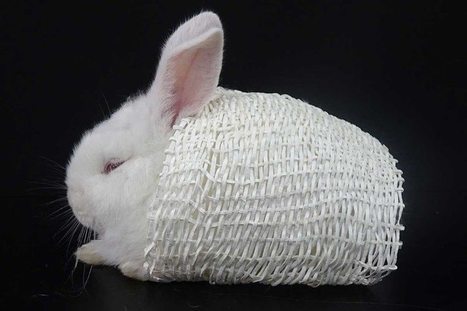"The overheating of buildings and their need for mechanical cooling is a growing issue as a result of climate change. The main aim of this paper is to examine the impact of surface texture on heat loss capabilities of concrete panels through evaporative cooling. [...] A systematic process was been undertaken to examine the impact of different variables on the cooling ability...[...] This study demonstrates the potential exploitation of morphological adaptation to buildings, that could contribute to them cooling passively and reduce the need for expensive and energy consuming mechanical systems."

|
Scooped by Miguel Prazeres |






 Your new post is loading...
Your new post is loading...












